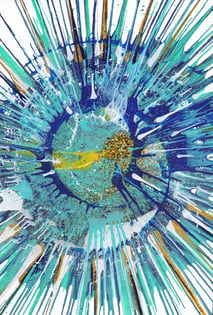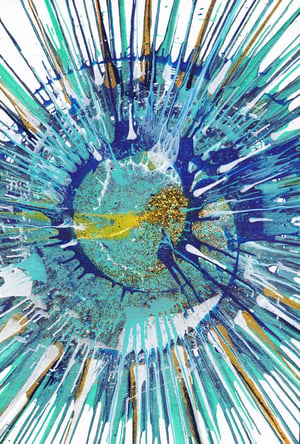It is widely accepted that viscosity plays a crucial role in current printing and coating industries. The viscosity of an ink can determine many aspects including the output of the printed product, transfer process on to the substrate, or the overall jetting of the ink through the nozzle. Viscosity measurements provide insight need for molecular characterization of your paints, including particle size and shape, coating formulation, and shear exposure, which are pertinent during formulations, production, and quality control of different paints and coatings. In a very similar way, viscosity also has a strong influence on the texture of artistic paintings. Textures may not be as obvious as colors in a painting, but it can be just as important in conveying the artist’s idea or concept behind it.

A good example is Jackson Pollock’s expressionist painting. Some of his masterpieces display astonishing techniques, such as his unique drip technique, that have captivated many in love with his artwork. Scientists from Mexico City University have been captivated by Pollock’s work from a fluid dynamics perspective. They have created a technique to generate drippings in a controlled manner and study how fluid properties such as viscosity can affect the final texture in the print.
The rheological properties of a paint or ink will depend on its ingredients and concentration. When a fluid viscosity depends on shear rate, it is classified as non-Newtonian. In this case the fluid can exhibit very different flow behavior between the application process and the settling and drying processes in a painting. The broad spectra in fluid complexity allows artists to create paintings of unique complexity and depth!
Visit our applications library to learn more about how viscosity measurements influence ink, paint, and coating formulation and production. Or, contact us if you want to learn more about how you can use our viscometers for your material characterization and formulations.


